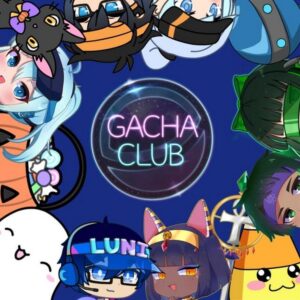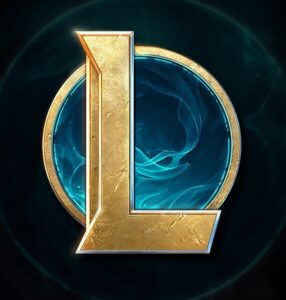Harvest Moon Reimagined: Why Fields of Mistria Isn’t Just a Stardew Clone
Popular Now
 Counter-Strike 2
Counter-Strike 2
 Free Fire Max
Free Fire Max
 CarX Street
CarX Street
 Stumble Guys
Stumble Guys
 EMI Calculator App & Loan EMI
EMI Calculator App & Loan EMI
 Call of Duty
Call of Duty
 FIFA 23
FIFA 23
 Fortnite
Fortnite
 Roblox
Roblox
 PUBG Mobile
PUBG Mobile
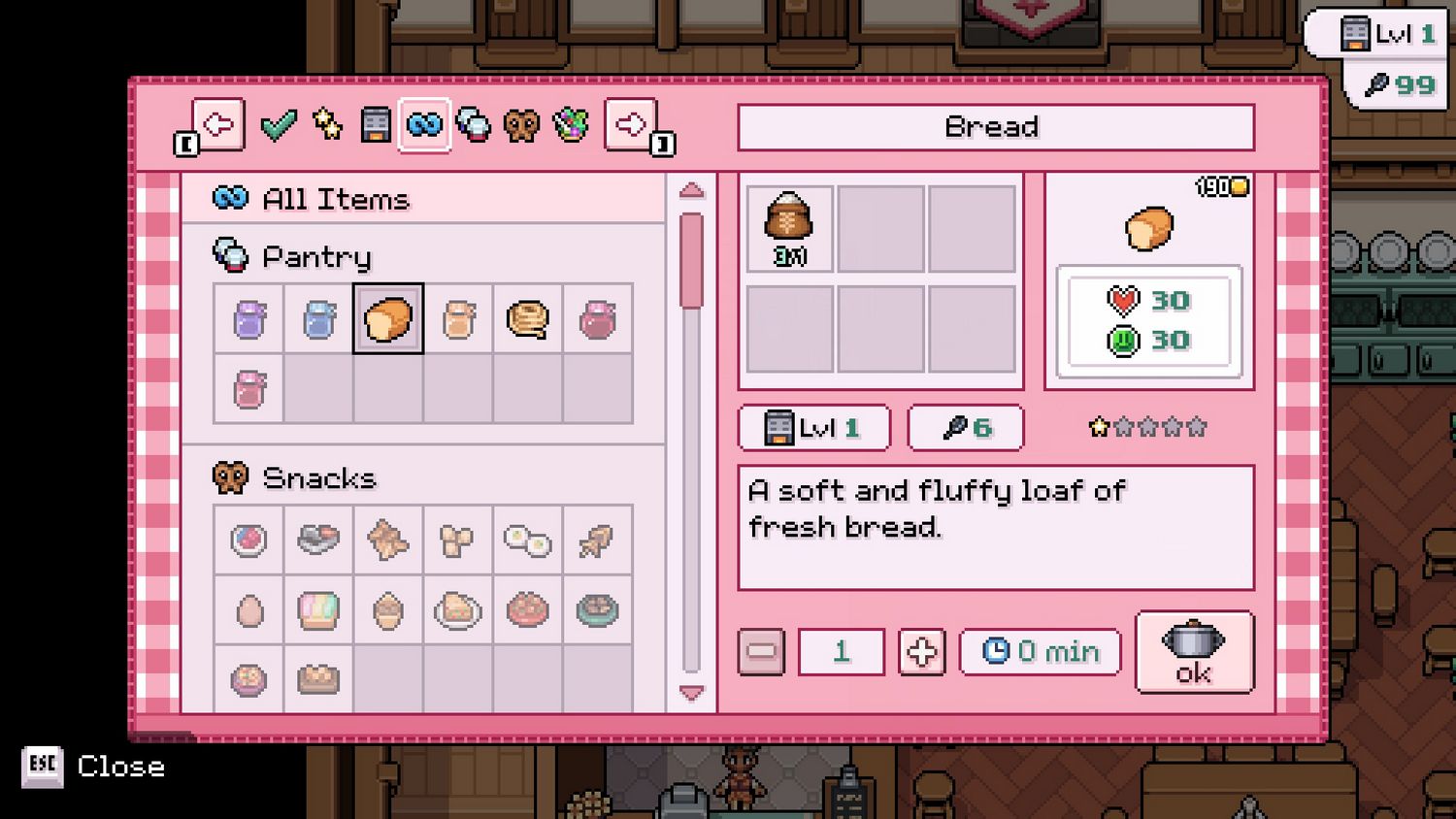 The cozy gaming scene is perpetually looking for the next great life simulation, and while many try to replicate the magic of Stardew Valley, few manage to find their own identity. Fields of Mistria, a charming, pixel-art farming and life sim from independent developer NPCVille, is the latest title to enter this crowded genre—and it’s already proving that it’s more than just an homage. While it wears its influences proudly, the game introduces a distinct blend of complex mechanics, a truly deep magic system, and a unique world that allows it to stand confidently on its own.
The cozy gaming scene is perpetually looking for the next great life simulation, and while many try to replicate the magic of Stardew Valley, few manage to find their own identity. Fields of Mistria, a charming, pixel-art farming and life sim from independent developer NPCVille, is the latest title to enter this crowded genre—and it’s already proving that it’s more than just an homage. While it wears its influences proudly, the game introduces a distinct blend of complex mechanics, a truly deep magic system, and a unique world that allows it to stand confidently on its own.
Upon first glance, the parallels are obvious: a rundown farm inherited from a relative, a village full of quirky bachelors and bachelorettes, and the core loop of farming, fishing, and mining. However, Fields of Mistria quickly distinguishes itself by weaving a comprehensive fantasy setting directly into its gameplay. The game is set in the eponymous village of Mistria, which was recently struck by a massive earthquake that unearthed ancient, magical ruins. This cataclysmic event is not just narrative fluff; it’s the foundation of the game’s most compelling systems.
Where Mistria Innovates: Magic, Monsters, and Town Restoration
1. The Depth of the Magic System
The biggest departure from the Stardew formula is the sheer depth of the magical mechanics. Players are not just farmers; they are also mages. You unlock elemental spells that are essential for both combat and efficient farming. For example:
- Farming Spells: Instead of manually watering hundreds of crops, a Water spell can water large areas instantly, becoming a necessity as your farm expands.
- Combat Spells: Magic is crucial for navigating the dungeons and ruins, which are far more central to the game than the typical mine shafts. Your elemental spells can exploit monster weaknesses, adding a layer of strategic depth to exploration.
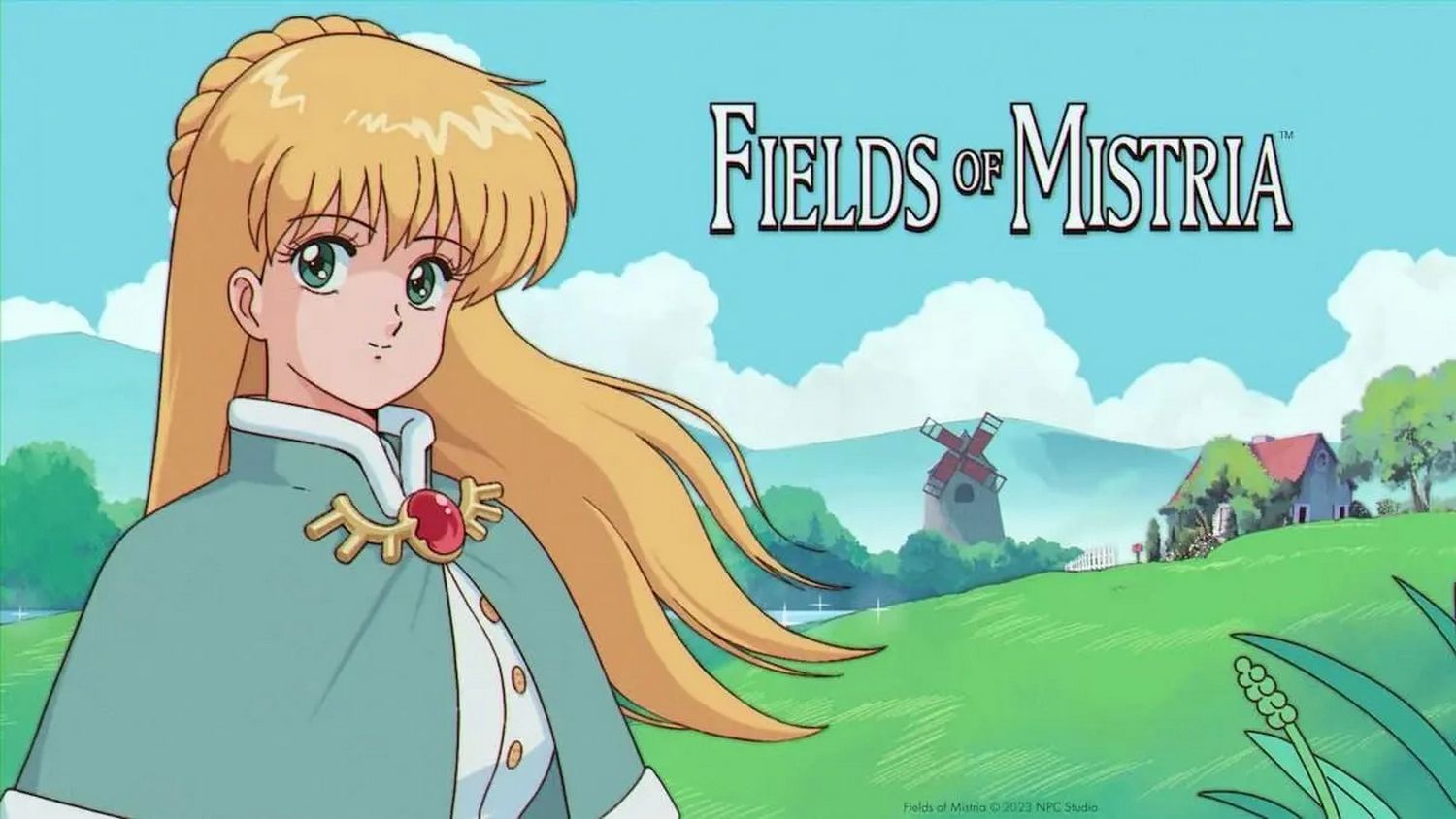 This integration of magic into the daily grind fundamentally changes the pace of the game, creating a loop where farming and spellcasting are equally important for progression.
This integration of magic into the daily grind fundamentally changes the pace of the game, creating a loop where farming and spellcasting are equally important for progression.
2. The ‘Cataclysm’ and Town Restoration
Unlike Stardew Valley’s Community Center, which is a side project, Fields of Mistria makes town restoration a core, driving narrative. Following the earthquake (the “Cataclysm”), Mistria is in disarray. The player’s primary goal is to collect resources to rebuild key public areas, repair structures, and stabilize the town. This constant push toward communal improvement gives the player a clearer sense of impact on the world. As you repair buildings, new NPCs move in, new shops open, and the town evolves visibly around you, making the world feel more dynamic and responsive to your efforts.
3. A Unique Relationship System and Customization
Mistria features over 20 potential marriage candidates, a much larger roster than most games in the genre. This provides players with a vast range of personalities and storylines to explore. Furthermore, the game’s detailed player customization system allows for extensive personalization of your character, and the home customization system is equally robust, offering players a creative outlet that goes beyond simple room upgrades.
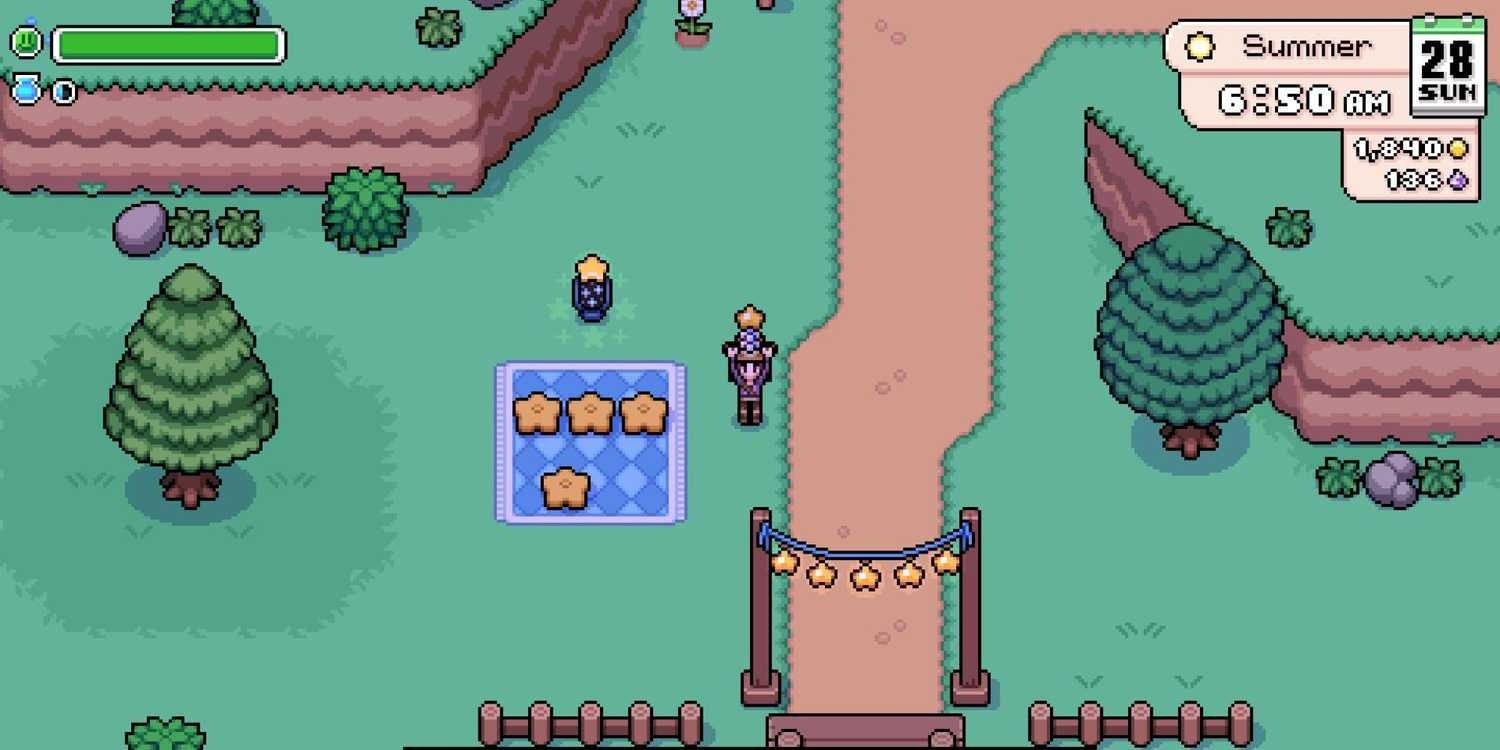 The Verdict: An Essential Addition to the Cozy Genre
The Verdict: An Essential Addition to the Cozy Genre
While Fields of Mistria clearly understands and respects the genre defined by Harvest Moon and perfected by Stardew Valley, it takes bold steps to carve out its own space. The incorporation of a deep, utilitarian magic system, a community restoration mechanic, and a compelling post-disaster setting are enough to elevate it above a simple “clone” status. It offers a fresh, challenging, and ultimately rewarding experience for players who love the familiar comforts of the farming sim genre but are looking for a new world to conquer with a bit of magical flair.
Are you looking forward to diving into the magical ruins and rebuilding Mistria, or do you prefer the simpler, non-magical farming experience?



